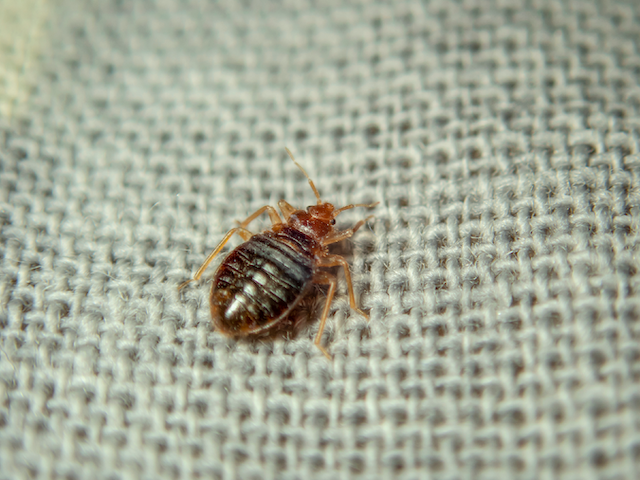Bed bugs, which are annoying at night and feed on blood, are known for sneaking into homes without being seen. To fight these silent invaders successfully, you need to know how they act and how long they live.
How bed bugs behave:
Bed bugs are mostly active at night, and they like to feed on their hosts while they sleep. Since they are most active at night, it can be hard for people to notice when they are around until the problem gets bad.
As the day goes on, bed bugs hide in places close to their hosts. Mattress seams, cracks in furniture, and behind frames are all common places for bugs to hide. Because their bodies are flattened, they can fit into small spaces.
Attraction to Carbon Dioxide: Bed bugs are drawn to the carbon dioxide that their hosts give off when they breathe. For this reason, they often go into places where people sleep, looking for the warmth and exhaled breath of people.
Signals Made of Chemicals: Bed bugs talk to each other using chemicals called pheromones. These chemical cues help them get together, mate, and find good places to eat.
How bed bugs spend their lives:
Understanding the life cycle is important for coming up with effective ways to get rid of bed bugs.
Bed bugs’ females lay small, whitish eggs in groups. Most of the time, these eggs are laid in secret places near a blood meal source. The female can lay a lot of eggs in her lifetime.
Nymphs: When the eggs hatch, young bed bugs called nymphs come out. Nymphs look like little versions of adults, but they are lighter in colour. To moult into the next stage, they need to eat blood. Before they become adults, bed bugs go through five steps of nymphs.
When bed bugs are nymphs, they feed on blood. When they are adults, they shed their skin. When they’re done eating, they moult, which means they lose their skin so their bodies can grow.
Adulthood: Bed bugs become adults after they finish their last stage as nymphs. Bed bugs that are adults are about the size of an apple seed and are a cherry red colour. Depending on their surroundings, they can live for a few months to over a year.
Bed bugs that are adults breed through a process known as traumatic insemination. As a way to introduce sperm, males pierce females in the abdomen. Females can keep sperm for a few weeks, which lets them lay eggs without having to mate again and again.
Things that affect behaviour and the life cycle are:
Temperature: Bed bugs like it when it’s between 70°F and 80°F (21-27°C). When it gets warmer, they become more busy and their life cycle speeds up.
Blood Meals Are Easy to Find: Bed bugs need blood meals to live and reproduce. How they act and how many babies they have are directly affected by how many hosts are available.
Bed bugs like to hide in places that are close to their hosts and hard to find. Figuring out where they like to hide helps you find and treat outbreaks.
Strategies for Control:
Detection Early: Looking for bed bug signs like reddish-brown feces stains, shed exoskeletons, and bites on a regular basis can help find and get rid of them quickly.
Professional Treatment: Hiring professional pest control services is often the only way to get rid of bed bugs for good. Professionals use both chemical and non-chemical methods, depending on the type of infection.
Preventive Measures: To reduce hiding places and keep pests away, take preventative measures like covering beds, getting rid of clutter, and sealing cracks.
Bed bugs behave and live a life cycle that both homeowners and pest control experts need to understand. With this information and proactive steps to avoid and treat pests, you can get rid of the silent invaders and get your home back to being pest-free.
